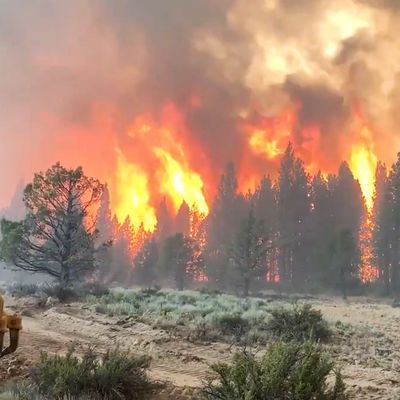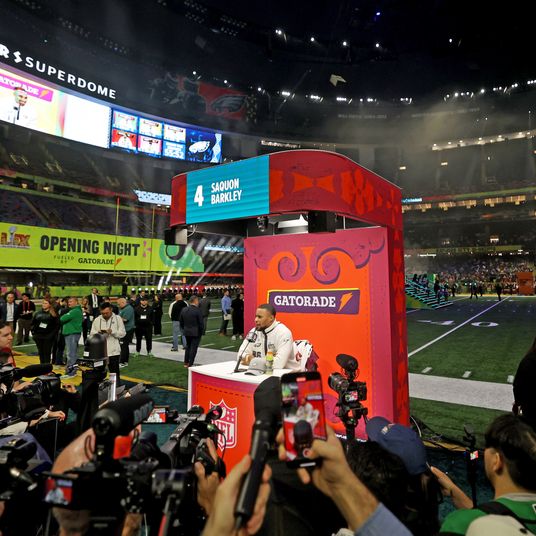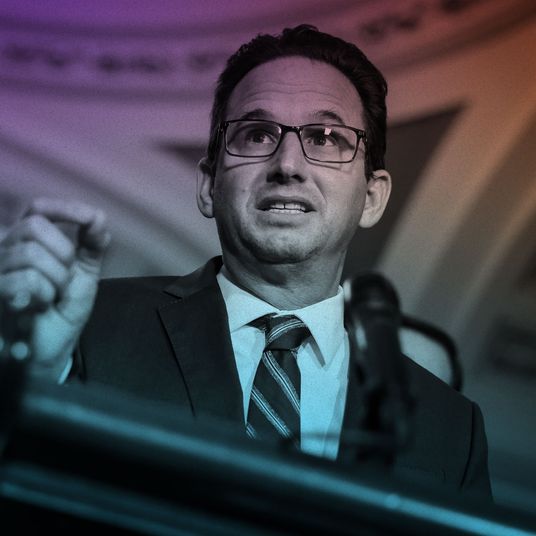
Two weeks after a heat wave killed hundreds across the Pacific Northwest and western Canada, extreme temperatures have returned to a region already parched after an exceptionally dry winter.
In Death Valley, temperatures soared to 130 degrees over the weekend, marking the hottest 24 hours ever recorded on earth. Absurd heat is being felt in more temperate locales as well: With a heat dome camped over much of the West, on Saturday it reached 117 degrees in Las Vegas, 117 in St. George, Utah, and 113 degrees in Sacramento. As of Monday afternoon, over 13 million Americans were facing an excessive-heat warning, according to the National Weather Service.
Farmworkers bore the brunt of the weather, toiling at night in the Pacific Northwest to harvest wheat and fruit as the heat cut some yields by as much as 80 percent. Last week, Washington and Oregon joined California in granting heat rights to outdoor laborers to protect them from temperatures made more dangerous by climate change.
The heat also took a horrific toll on marine animals in the Pacific Northwest and British Columbia, where marine biologist Christopher Harley estimated that over 1 billion small animals, ranging from crustaceans to sea cucumbers and hermit crabs, died. “It just feels like one of those postapocalyptic movies,” Harley told the New York Times. In the Sacramento River, experts fear almost all the juvenile chinook salmon could be killed from the overheated river. The weather isn’t abating either. A fourth heat wave in five weeks is expected this weekend, bringing 100-degree temperatures to 100 million people in the West and Canada and particularly extreme heat expected in the Rocky Mountain states.
Where there’s heat, there’s fire. So far this wildfire season in California, twice as many acres have burned compared with last year, the worst in the state’s history. The River Fire south of Yosemite grew rapidly on Sunday, forcing evacuations; as of Monday morning, it was estimated at 4,000 acres and just 5 percent contained, according to Cal Fire. A pyrovortex has been observed in the Beckwourth Complex Fire northwest of Lake Tahoe, which, at almost 90,000 acres, is the largest system recorded in California this year. As of Monday morning, it was 23 percent contained.
The largest wildfire currently raging in the West is the Bootleg Fire in Oregon, which sparked in the Fremont-Winema National Forest in the south of the state. Now on its eighth day, it has grown to over 212,000 acres and is threatening a power-line corridor connecting Oregon and California. To prepare for potential outages, California governor Gavin Newsom signed executive orders over the weekend clearing the use of backup generators — including the emergency use of ship engines — to ease any strains on the grid that Bootleg may cause. With the fire at five percent containment as of Tuesday, officials aren’t sure how long it will burn, though smoke from the fire itself slowed its growth mid-week. “We don’t see any rain in the forecast anytime soon,” meteorologist Brian MacMillan told the Times. It is already the eighth largest wildfire in state history.






























